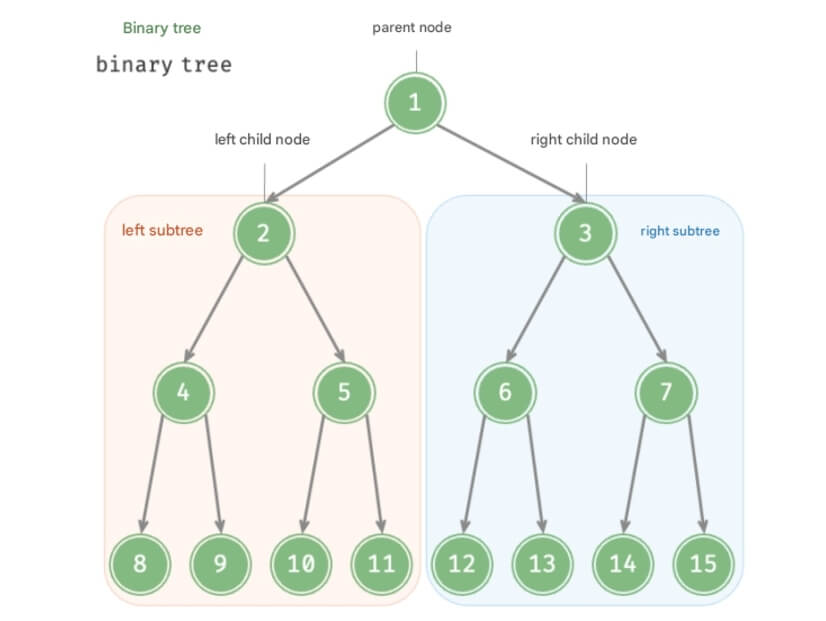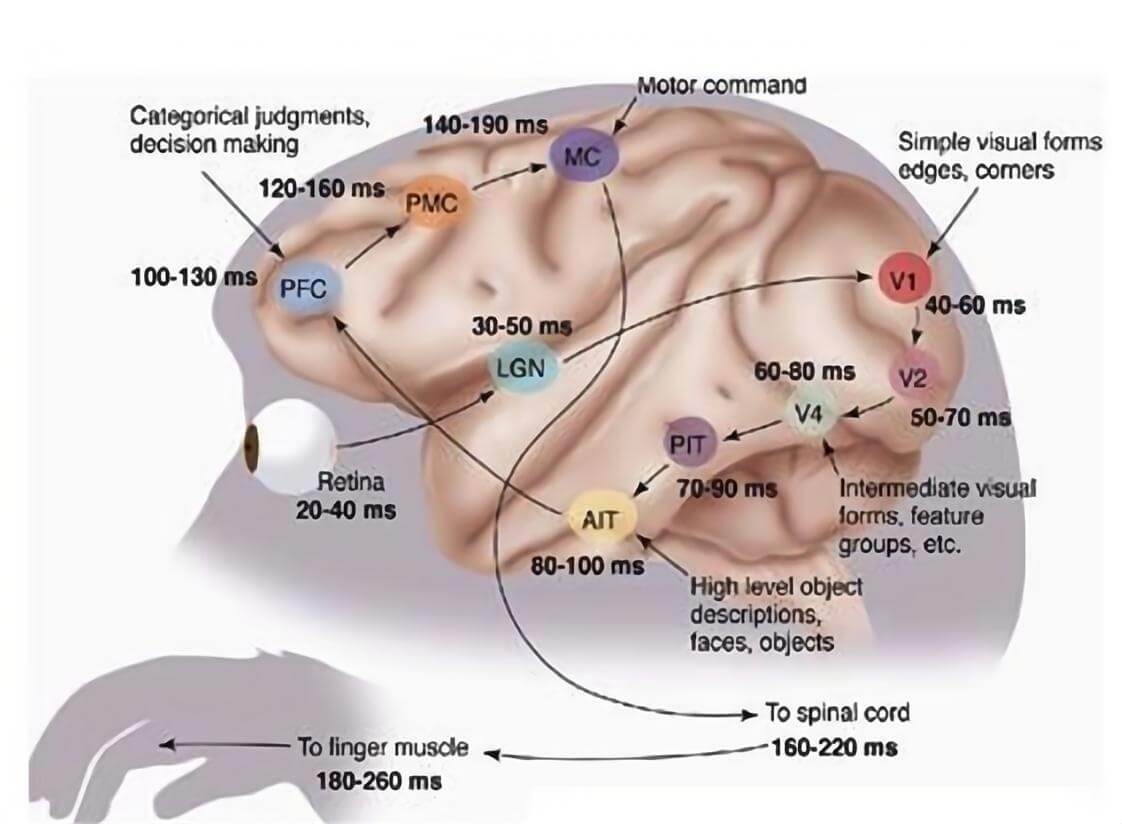In the vast field of machine learning, Reinforcement Learning (RL) is undoubtedly one of the most captivating subfields. It enables an agent to learn how to make optimal decisions in a given task through interactions with an environment. However, during this process, the balance between exploration and exploitation becomes crucial to the agent's success. This article will delve into exploration strategies in reinforcement learning, covering their importance, common methods, and code examples to demonstrate their effectiveness.

1. Basic Concepts of Reinforcement Learning
Reinforcement learning is a learning paradigm where an agent takes actions in an environment to maximize long-term rewards. The agent selects actions based on the current state, the environment provides feedback in the form of rewards, and the agent updates its policy. The core of reinforcement learning is how to effectively explore the unknown state space to find the optimal policy.
1.1 States, Actions, and Rewards
-
State: The current situation of the environment, typically represented as a vector.
-
Action: The action the agent can take in a given state.
-
Reward: The feedback from the environment based on the agent's action, typically a scalar.
1.2 Policy and Value Function
-
Policy: The rule by which the agent selects actions in a given state; it can be deterministic or stochastic.
-
Value Function: The expected return the agent can achieve from a given state.
2. The Exploration-Exploitation Trade-Off
In reinforcement learning, the agent must balance exploration (trying new actions to possibly gain higher rewards) and exploitation (choosing the currently known best action to obtain stable rewards). This is referred to as the exploration-exploitation dilemma.
2.1 The Necessity of Exploration
-
Discovering New Strategies: Exploration allows the agent to discover strategies not previously tried, which may yield higher rewards.
-
Adapting to Environmental Changes: In dynamic environments, continuous exploration helps the agent adapt to new situations.
2.2 The Advantage of Exploitation
-
Stability: Exploiting the best-known strategy ensures steady rewards.
-
Faster Convergence: In a known environment, exploitation accelerates the learning process.
3. Common Exploration Strategies
To effectively balance exploration and exploitation, researchers have proposed various strategies. Below are some of the most common strategies, along with their code examples:
3.1 ε-Greedy Strategy
The ε-greedy strategy is the simplest and most classic exploration strategy. It chooses a random action (exploration) with probability ε, and the best-known action (exploitation) with probability 1-ε.
import numpy as np
class EpsilonGreedyAgent:
def __init__(self, n_actions, epsilon=0.1):
self.n_actions = n_actions
self.epsilon = epsilon
self.q_values = np.zeros(n_actions) # Initialize Q-values
self.action_counts = np.zeros(n_actions) # Track action counts
def select_action(self):
if np.random.rand() < self.epsilon: # Exploration
return np.random.choice(self.n_actions)
else: # Exploitation
return np.argmax(self.q_values)
def update_q_value(self, action, reward):
self.action_counts[action] += 1
self.q_values[action] += (reward - self.q_values[action]) / self.action_counts[action]
# Example
agent = EpsilonGreedyAgent(n_actions=10)
for _ in range(1000):
action = agent.select_action()
reward = np.random.rand() # Assume a random reward
agent.update_q_value(action, reward)
3.2 Softmax Strategy
The Softmax strategy normalizes the value of actions and generates a probability distribution. The probability of choosing an action is proportional to its value.
class SoftmaxAgent:
def __init__(self, n_actions, temperature=1.0):
self.n_actions = n_actions
self.q_values = np.zeros(n_actions)
self.temperature = temperature
def select_action(self):
exp_values = np.exp(self.q_values / self.temperature)
probabilities = exp_values / np.sum(exp_values)
return np.random.choice(self.n_actions, p=probabilities)
def update_q_value(self, action, reward):
self.q_values[action] += (reward - self.q_values[action]) # Simplified update
# Example
agent = SoftmaxAgent(n_actions=10)
for _ in range(1000):
action = agent.select_action()
reward = np.random.rand()
agent.update_q_value(action, reward)
3.3 Upper Confidence Bound (UCB)
The UCB strategy is based on the "upper confidence bound" concept, where the agent selects the action with the highest upper bound.
class UCB1Agent:
def __init__(self, n_actions):
self.n_actions = n_actions
self.q_values = np.zeros(n_actions)
self.action_counts = np.zeros(n_actions)
self.total_counts = 0
def select_action(self):
ucb_values = self.q_values + np.sqrt(2 * np.log(self.total_counts + 1) / (self.action_counts + 1e-5))
return np.argmax(ucb_values)
def update_q_value(self, action, reward):
self.action_counts[action] += 1
self.total_counts += 1
self.q_values[action] += (reward - self.q_values[action]) / self.action_counts[action]
# Example
agent = UCB1Agent(n_actions=10)
for _ in range(1000):
action = agent.select_action()
reward = np.random.rand()
agent.update_q_value(action, reward)
3.4 Variable Temperature Strategy
The Variable Temperature strategy dynamically adjusts the exploration temperature over time. The core idea is to decrease the temperature as learning progresses.
class VariableTemperatureAgent:
def __init__(self, n_actions, initial_temperature=1.0):
self.n_actions = n_actions
self.q_values = np.zeros(n_actions)
self.temperature = initial_temperature
def select_action(self):
exp_values = np.exp(self.q_values / self.temperature)
probabilities = exp_values / np.sum(exp_values)
return np.random.choice(self.n_actions, p=probabilities)
def update_q_value(self, action, reward):
self.q_values[action] += (reward - self.q_values[action]) # Simplified update
self.temperature *= 0.99 # Gradually decrease temperature
# Example
agent = VariableTemperatureAgent(n_actions=10)
for _ in range(1000):
action = agent.select_action()
reward = np.random.rand()
agent.update_q_value(action, reward)
4. Integration of Strategy Optimization with Deep Learning
Recent advancements in deep learning provide new perspectives for exploration strategies in reinforcement learning. Combining deep learning-based reinforcement learning algorithms (such as DQN, DDPG, A3C, etc.) allows for effective exploration in more complex state spaces.
4.1 Deep Q-Network (DQN)
DQN combines deep learning with Q-learning by using neural networks to approximate the Q-function. For exploration strategies, DQN employs the ε-greedy strategy.
import torch
import torch.nn as nn
import torch.optim as optim
class DQN(nn.Module):
def __init__(self, n_actions):
super(DQN, self).__init__()
self.fc1 = nn.Linear(4, 128) # Assuming state dimension is 4
self.fc2 = nn.Linear(128, n_actions)
def forward(self, x):
x = torch.relu(self.fc1(x))
return self.fc2(x)
class DQNAgent:
def __init__(self, n_actions):
self.n_actions = n_actions
self.model = DQN(n_actions)
self.optimizer = optim.Adam(self.model.parameters())
self.epsilon = 1.0
def select_action(self, state):
if np.random.rand() < self.epsilon:
return np.random.choice(self.n_actions)
else:
with torch.no_grad():
return torch.argmax(self.model(torch.FloatTensor(state))).item()
def update(self, state, action, reward, next_state):
# Simplified training process for DQN
target = reward + 0.99 * torch.max(self.model(torch.FloatTensor(next_state)))
output = self.model(torch.FloatTensor(state))[action]
loss = (target - output) ** 2
self.optimizer.zero_grad()
loss.backward()
self.optimizer.step()
# Example
agent = DQNAgent(n_actions=10)
for _ in range(1000):
state = np.random.rand(4) # Assume a random state
action = agent.select_action(state)
reward = np.random.rand()
next_state = np.random.rand(4)
agent.update(state, action, reward, next_state)
4.2 Proximal Policy Optimization (PPO)
PPO is a policy gradient-based method that improves learning stability by limiting the update step size.
# PPO implementation is relatively complex, simplified description here. It's recommended to use existing libraries like Stable Baselines3.
# Install the library: pip install stable-baselines3
from stable_baselines3 import PPO
from stable_baselines3.common.envs import CartPoleEnv
env = CartPoleEnv()
model = PPO("MlpPolicy", env, verbose=1)
model.learn(total_timesteps=10000)
5. Future Research Directions
As technology advances, exploration strategies in reinforcement learning are continuously evolving. Future research may focus on the following directions:
5.1 Adaptive Exploration Strategies
The core of adaptive exploration strategies is dynamically adjusting the level of exploration based on environmental changes and the agent’s learning progress. This strategy enables the agent to learn effectively in complex and dynamic environments. Future research could explore the following aspects:
-
Environmental Awareness: Developing agents that can assess environmental changes in real-time to determine when to increase exploration. For example, models can predict dynamic environmental changes to adjust exploration strategies.
-
Learning Process Monitoring: By monitoring the agent's learning process (such as changes in rewards, convergence speed of the policy, etc.), the agent can determine if more exploration is needed. For instance, when the reward changes slow down in a specific state, exploration can be increased.
-
Individual Differences Among Agents: Considering the abilities and experiences of different agents, personalized exploration strategies can be developed. By analyzing the historical performance of each agent, exploration strategies can be dynamically adjusted.
5.2 Multi-Agent Reinforcement Learning
In multi-agent systems, the collaboration and competition between agents make balancing exploration and exploitation more complex. Future research can focus on the following aspects:
-
Coordination Mechanisms: Researching how to design effective mechanisms that allow multiple agents to explore in coordination within a shared environment. For example, sharing information, policies, or reward mechanisms could improve overall performance.
-
Competition and Cooperation: In some environments, agents may be in a competitive relationship, and exploration might lead to resource conflicts. Research can explore how to balance competition and cooperation to maximize the collective long-term reward.
-
Communication Strategies: Developing communication protocols among agents to share information during exploration. For instance, when one agent discovers a high-reward path, how to efficiently transmit this information to other agents.
5.3 Combining with Other Learning Methods
Combining reinforcement learning with other machine learning methods can significantly improve exploration efficiency and the generalization ability of strategies. Future research can explore the following aspects:
-
Transfer Learning: Using knowledge gained from one task to accelerate learning in other related tasks. Through transfer learning, agents can quickly adjust exploration strategies in new tasks, reducing learning time and resource usage.
-
Meta-Learning: Through meta-learning, agents can learn how to learn. In multiple tasks, agents can adjust their learning strategies to find the right balance between exploration and exploitation more quickly in new tasks.
-
Imitation Learning: Using successful strategies from humans or other agents as references for learning, helping agents converge faster in the initial stages. Imitation learning can guide the exploration direction, improving early-stage learning efficiency.
-
Generative Models: Combining generative models (such as Generative Adversarial Networks) to simulate the environment, enabling more effective exploration. By simulating different states and actions, agents can reduce the number of exploration steps in real environments.
6. Conclusion
Exploration strategies are one of the core components of reinforcement learning. A reasonable exploration strategy not only improves the learning efficiency of agents but also helps them adapt better to complex environments. In future research, we anticipate more innovative exploration strategies that will inject new vitality into the development of reinforcement learning. Whether it is adaptive strategies or multi-agent collaboration, the journey to explore the unknown will continue to bring us endless possibilities.







